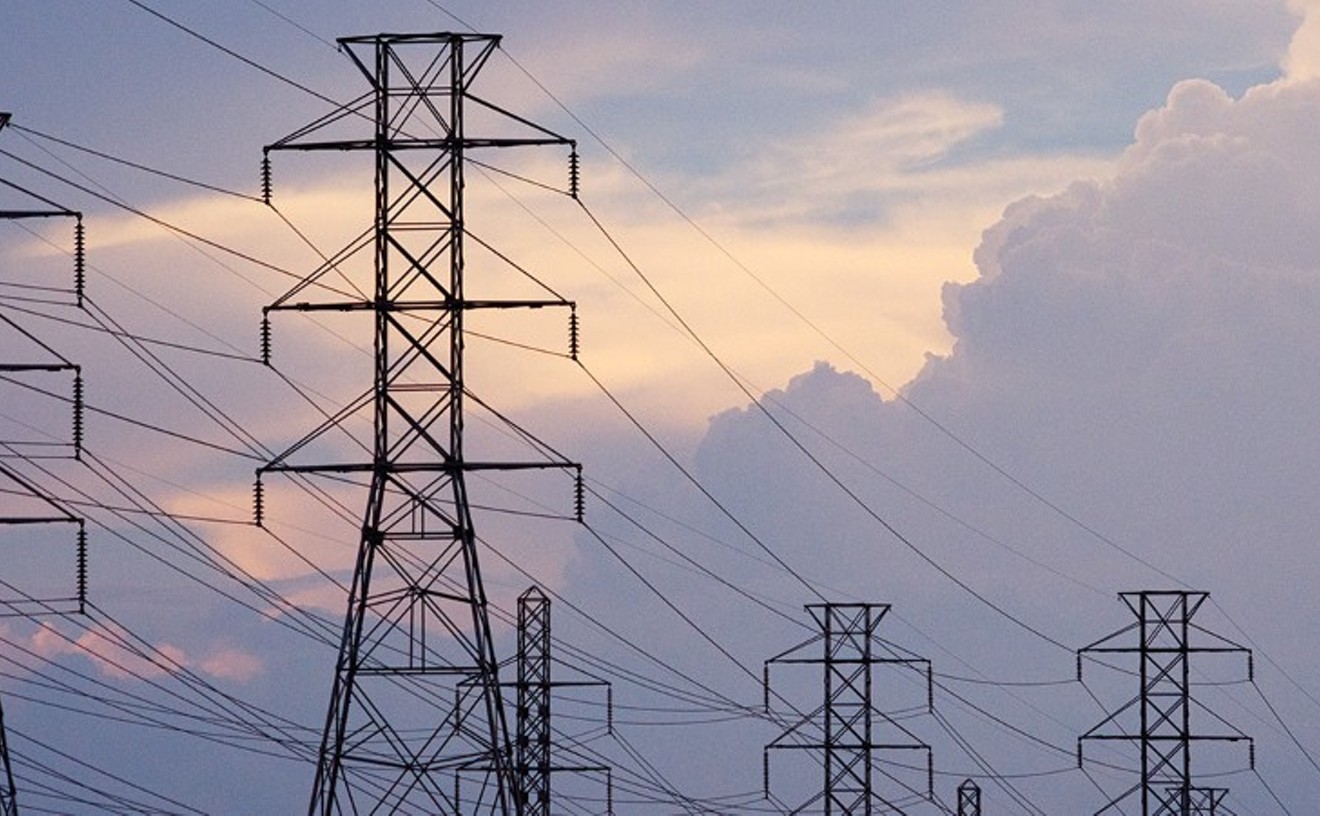This November, 46.3 percent of Texas' voting-eligible population cast ballots, according to research from the United States Elections Project, which tracks historical trends in turnout nationwide. That figure, while up significantly from the 28.3 percent of the voting eligible population that voted in the last midterm election, still represents turnout far below the national average.
In the 50 states and the District of Columbia, just over half of the voting eligible population actually cast ballots, according to the Election Project's data, an increase of 13 percentage points over the last four years. Despite Texas' turnout growth being 5 points higher, it lagged in total turnout, finishing 44th out of 51.
It's important to note that the Elections Project uses a state's voting-eligible populations, rather than its number of registered voters, to calculate its turnout percentage. That makes it easier to evaluate turnout numbers for states that might have different registration rules, Michael McDonald, a professor at the University of Florida who runs the project, told the Texas Tribune.
“The voting-eligible population makes it easier to make comparisons across states and across time, because the way states manage registered voters differs quite a bit,” McDonald said.
A study published earlier this year by the Center for American Progress showed that it's especially important to note the difference between those who are eligible to vote and those who are registered to vote when it comes to looking at turnout in Texas, thanks to the state's onerous voting laws.
With a few small tweaks to its laws, researchers Danielle Root and Liz Kennedy say in their study, the state could add millions of voters to its rolls.
The biggest thing Texas could do, according to Root and Kennedy, is implement automatic voter registration in the state. Automatic voter registration is exactly what it sounds like. When a resident of a participating state turns 18, he or she automatically becomes eligible to vote unless he or she actively opts out of registering. By July 2019, 14 states will have automatic voter registration. Another 10 are set to vote on it by the end of the year.
"Online voter registration makes the voter registration process more convenient and drives voter participation, particularly for young people." — Danielle Root and Liz Kennedy
tweet this
Using stats from states that already have automatic voter registration, Root and Kennedy extrapolate that if Texas were to begin signing voters up automatically, the state would immediately gain about 1.9 million new registered voters, the second most in the country behind California. Of those 1.9 million, Root and Kennedy say, about 700,000 could be expected to show up to vote.
In November, just under 8.4 million Texans voted in the senatorial election between Democrat Beto O'Rourke and Sen. Ted Cruz.
While automatic voter registration likely remains a pipe dream in a state that still has — as the study points out — one of the strictest voter identification laws in the country, another step suggested by Root and Kennedy to increase registrations in Texas could be on the way.
Texas Democrats have pushed legislation for years that would allow Texans to register to vote online, only to be rebuffed by their Republican colleagues in the Legislature. Based on data from Georgia and California, two of 38 states that offer some form of online registration, Root and Kennedy found that if Texas legalized online registration, it would pick up nearly 300,000 voters, many from groups that are under-represented in the electorate, like voters under 25.
Of Texans ages 18-24 who are eligible to vote, fewer than half, 48 percent, are registered to do so, which is 7 percent less than the national average of 55 percent for that age group.
"Online voter registration makes the voter registration process more convenient and drives voter participation, particularly for young people," Hood and Kennedy said. "It eliminates the hassle of locating where to register, securing time off work and finding transportation to DMVs or other voter registration locations in order to register in person. Online voter registration is particularly useful for eligible voters who are highly transient as well as those with inflexible schedules."
A recent court decision — on hold as it's being appealed by the state — would require Texas to offer online registration because the state allows online driver's license renewal. Any state that offers online renewals has to offer online voter registration as well, thanks to the federal motor voter law.












